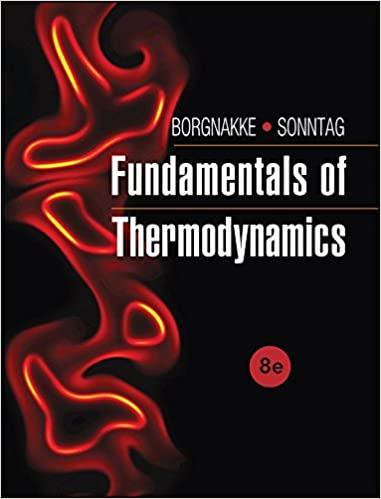Please help show work
Which of the following forms of energy is found in a typical flashlight? Radiant energy Chemical energy Electrical energy all of the above Chemical energy in a battery is transformed into electrical energy in the circuit of a flashlight, then into radiant energy of the light bulb, Which of the following must be true: Since energy is conserved, the amount of chemical energy released in the battery is equal to the amount of radiant energy produced by the bulb. The radiant energy produced by the bulb must be hall of the amount of chemical energy released by the battery since the other half is electrical energy Electrical energy that is not emitted by the bulb as radiant energy is returned to the battery, The amount of electrical energy produced is less than the amount of chemical energy released by the battery and the amount of radiant energy emitted by the bulb is less than the amount of electrical energy produced. Which of the following has NO effect on the gravitational potential energy of an object? how high it is compared to a specified zero height. its mass. its speed. the gravitational acceleration. An 8.0 kg monkey is 4.0 m above the ground as he hangs from a branch. The monkey's gravitational potential energy compared to the ground is closest to: a.12 J b.32 J c. 128 J d. 314 J The energy objects have because of their motion is called a. potential energy. b.thermal energy. c.kinetic energy d.work A 20 kg dog is walking at a speed of 2 m/s. What is the kinetic energy of the dog? - a.22 J b.40 J c.80 J d.400 J A 140 kg bobsled is moving at a speed of 4.0 m/s. At what speed would the bobsled have twice as much kinetic energy -a. 2.0 m/s b. 8.0 m/s c.5.7 m/s d. 16 m/s Long Answer. Answer the following questions, showing all work, including all units in all calculations. A 0.70 kg squirrel jumps from a tree branch that is 3.5 m high to the top of a bird feeder that is 1.5 m high. What is the change (final minus initial) in gravitational potential energy of the squirrel? A 0.50 kg toy car is moving at a constant 2.5 m/s. What is the kinetic energy of the car? At what speed would a 0.50 kg toy car have 9.0 Joules of kinetic energy? How much work is required to stop an electron, whose mass is 9.1 1x10-31kg, moving with a speed of 1.90x 10m/s? If 2,500 Joules of energy is delivered by an electric motor as the motor uses 3,500 Joules of electrical energy, what is the efficiency of the motor







